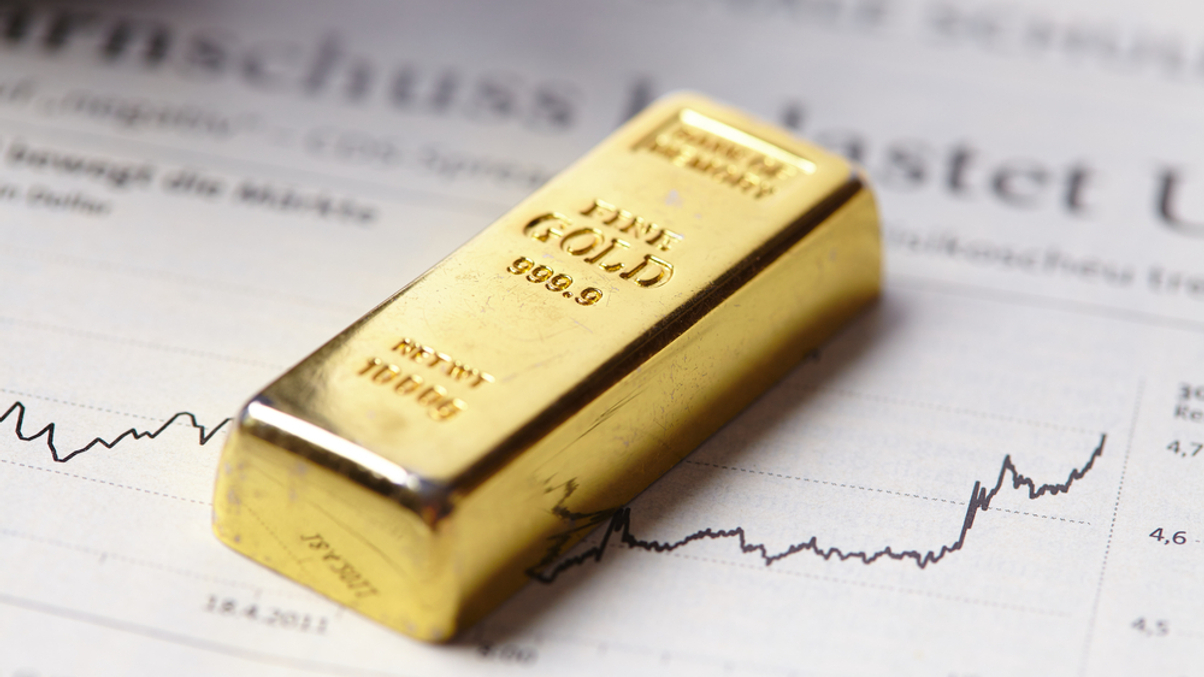Market Views: How high can gold prices go?
Inflation, banking crisis, and a weakening US dollar are putting gold under the spotlight. AsianInvestor asks asset managers if gold prices have hit a peak or if there is more room for prices to rise.

Gold once again pushed above $2000 per troy ounce in April, marking the third monthly period when gold has traded above that level in nominal terms.
Sign In to Your Account
Access Exclusive AsianInvestor Content!
Please sign in to your subscription to unlock full access to our premium AI resources.
Free Registration & 7-Day Trial
Register now to enjoy a 7-day free trial—no registration fees required. Click the link to get started.
Note: This free trial is a one-time offer.
¬ Haymarket Media Limited. All rights reserved.


